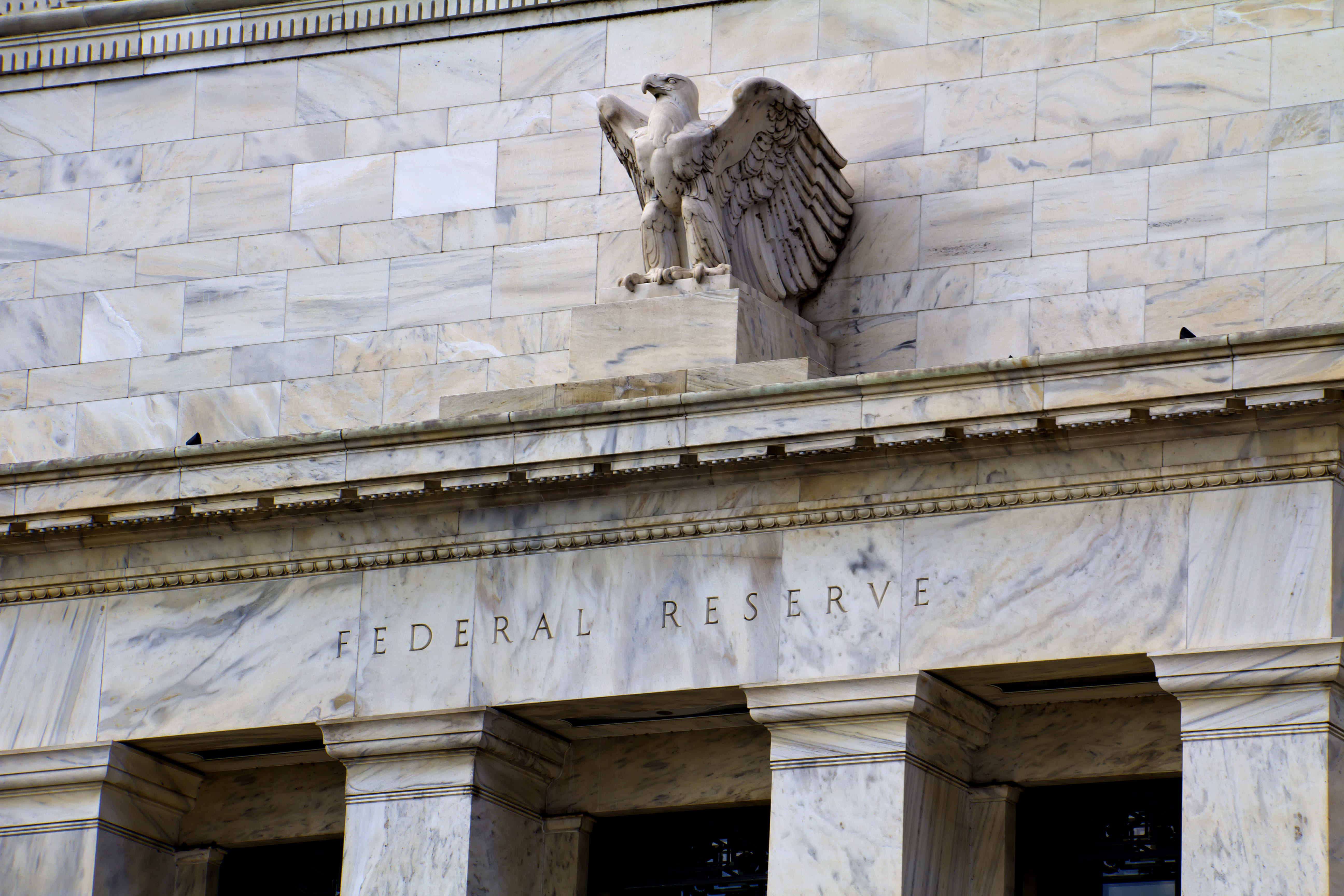Convergences of innovation and timing sometimes allow ETFs covering niche markets to become headline grabbers; however, history shows even asset managers’ best ideas are often subject to the whims of market cycles.
The story in recent years has been no different, with investor appetite for cult favourites housing billions of dollars hinging on the rapid hiking and eventual cutting of interest rates by western central banks.
$11bn Xtrackers EUR Overnight Rate Swap UCITS ETF (XEON)
Starting our list with an ETF currently performing victory laps, DWS’s XEON has doubled in size since the turn of the year as investors continue to be attracted by the current annual 3.97% yield offered by being paid the European interbank rate for one-day loans, with no duration risk.
XEON has also benefited from structural changes within ETF distribution, with the strategy being used as a ‘cash-like’ offering for retail investment platforms. In fact, more than half of the ETF’s Q1 flow was driven by digital retail platforms.
However, the product’s recent surge back into prominence comes after XEON spent more than a decade in the dark during the era of zero interest rates. After launching in 2007, XEON would go on to become Europe’s fastest-growing ETF in relative terms a year later, before central banks cut their policy rates after the Global Financial Crisis (GFC).
The European Central Bank (CB) implemented its first cut of the current interest rate cycle earlier this summer, with expectations the Federal Reserve will follow suit this week, giving licence to other policymakers to continue cutting rates as long as inflation and jobs data remain supportive.
Should the ECB continue on a rate-cutting pathway, this could spell another exodus for XEON and its peers.
$3.1bn iShares Global Clean Energy UCITS ETF (INRG)
Moving to a strategy previously deemed the ‘king’ of thematic ETFs when the product class was at its zenith in the wake of COVID-19 lockdowns, INRG and its ‘40-Act’ equivalent surged from housing combined assets under $1bn in 2019 to more than $14bn by the start of 2021.
Much of this asset gathering preceded Joe Biden’s election victory in November 2020, with the Democrat President plotting the largest infrastructure spending in US history, including subsidies and tax relief for clean energy utilities operators, electric vehicle charging infrastructure and nuclear power plants.
However, the sheen was first taken off INRG when it became too large for its own success, with its previous underlying S&P Dow Jones Indices benchmark of just 30 small and mid-cap constituents not having the capacity for billions of dollars of inflows in a short time. By March 2021, the ETF owned more than 10% of the free float of some small energy utility providers, prompting the ETF to undergo an emergency index change.
The main driver of INRG’s slide from prominence, though, was the Fed increasing its funds rate at the fastest pace since Fed Chair Paul Volcker in the 1980s.
Given alternative energy projects require significant upfront investment, the sudden increase in financing costs has either halted new projects or compressed the margins of some utilities operators. This explains INRG’s share price currently sitting near a four-year low, with the direction of future central bank policy likely to have a strong influence on asset gathering for INRG and its peers.
$2.6bn iShares China CNY Bond UCITS ETF (CNYB)
Another ETF which has been reduced to a shadow of its former self by western central bank rate hikes is BlackRock’s China sovereign bond ETF, which had surged to $13.6bn assets under management (AUM) within 9 months of launch in May 2021.
In the months prior to the first Fed hike of the current cycle in 2022, CNYB continued to gather assets at rapid pace, including one week in February where the ETF welcomed $919m inflows, according to data from Ultumus.
This came as investors sought out the relatively stable yields offered by Sino government bonds, whereas issuance by western sovereigns yielded next to nothing at the time. Additionally, CNYB also boasted strong returns of 8.2% at a time when the Chinese equity valuations were being slashed by state intervention against large technology companies.
However, rapid rate hikes by European and US central banks saw yields return across western fixed income assets, prompting CNYB to book almost $9bn outflows in 2022. Demand has still not recovered in Chinese sovereigns, as demonstrated by the SPDR Bloomberg China Treasury Bond UCITS ETF (CHNT) shuttering in July this year.
$802m Amundi US Curve Steepening 2-10Y UCITS ETF (STPU)
Finally, a key allocation for rate cuts has shrunk to less than half the size it began the year as the US Treasury yield curve approaches normalisation.
Amundi’s STPU became a favourite among fund selectors seeking to capitalise of the reversal of the inverted US Treasury yield curve, however, the ETF has suffered $881m outflows since the beginning of the year – before the Fed has even begun cutting its policy rate.
This comes as the US Treasury 10-year yield has now risen above the two-year for the first time since July 2022, prompting investors to take profits on STPU after recent ‘steepening’ of the yield curve saw the ETF gain 6.9% between 30 June 2023 and 5 September 2024.
The materialisation of a recession in the US may have extended the curve steepening trade, with expectations the Fed would have cut rates aggressively to bolster economic activity; however, continued resilience makes a series of rapid cuts – and rapid curve steepening – less likely.





